Debate over Park Hill still not stopped 61 years on
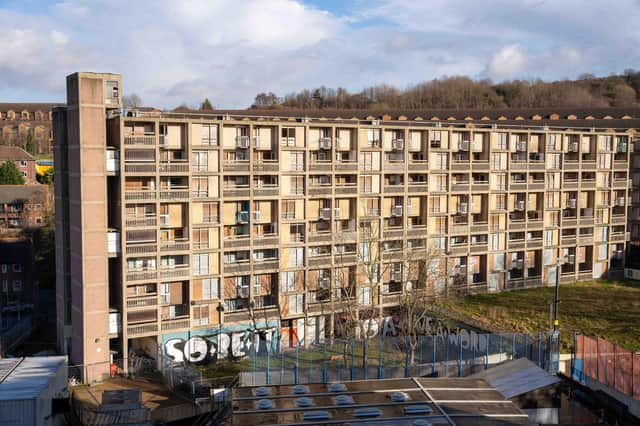

Park Hill flats have graced (or should that be blighted… you choose) the city’s skyline for 61 years now.
Looming above the railway station, they are one of the most recognisable sights in the city. As synonymous with Sheffield as the Crucible, Wednesday, United and steel.
Advertisement
Hide AdAdvertisement
Hide AdThe Brutalist style complex was built between 1957 and 1961 to replace slum back-to-back housing. Neighbours moved in next door to each other and old street names were reused to make folk feel at home. The gangways were even wide enough to accommodate a milk float delivering pintas.
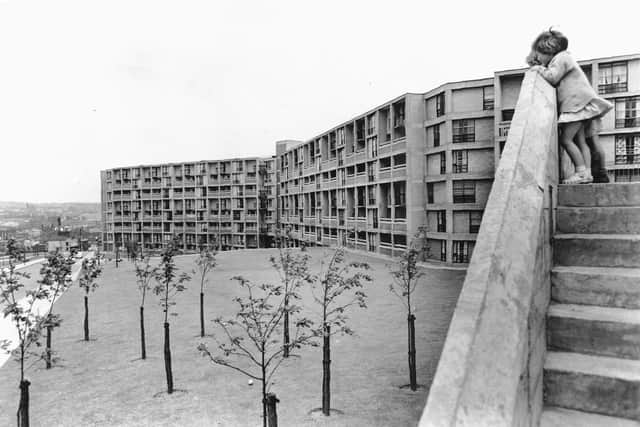

But by the 1990s their very future was in the balance. The flats were in decline, the old streets in the sky dream of pioneering architects Ivor Smith and Jack Lynn had withered and died. People felt isolated, unsafe, crime was rife, the building was decaying, the stinking lifts didn’t work. No-one wanted to live there.
A decision had to be made… to list or not to list. And, oh, how the debate raged.
Sheffield-born Labour stalwart Roy Hattersley waded into the row, calling for demolition.
Advertisement
Hide AdAdvertisement
Hide AdDavid Morton, of the Royal Town Planning Institute, joined the debate over whether relatively modern buildings should be given listed status. They should, he argued, but not Park Hill.
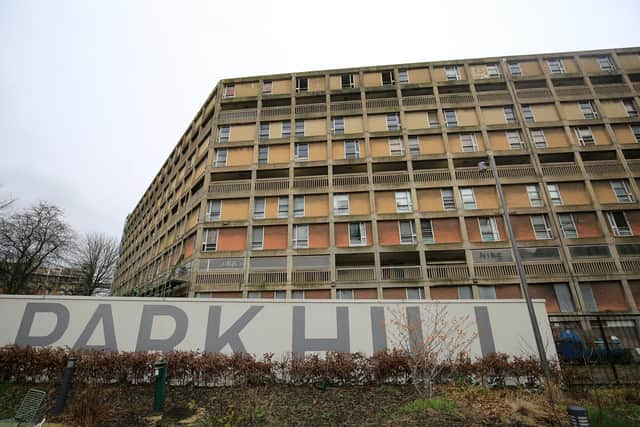

“For most of its life it has been considered a failure both professionally and, more importantly, as a place to live. While the criteria for listing modern buildings should include follies designed as such, it should not include failures,” he eloquently argued.
Oddly, we were never to learn who had nominated the flats to be listed. Perhaps they feared a backlash from opponents and would have to go into hiding.
English Heritage stayed tight-lipped – and would not reveal who applied even under Freedom of Information.
Advertisement
Hide AdAdvertisement
Hide AdBut, controversially, Park Hill became Grade ll* listed in 1998, the largest listed building in Europe.
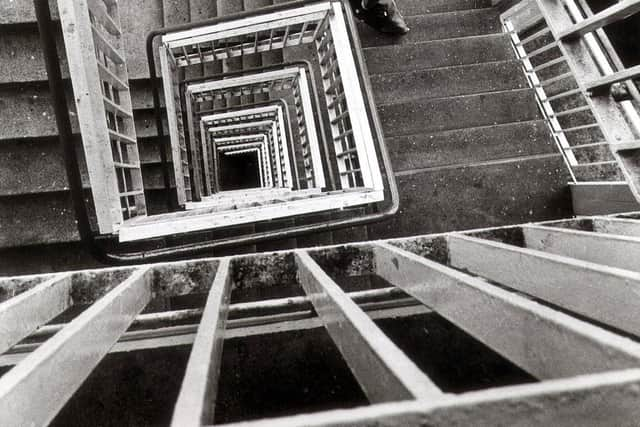

English Heritage argued the site was of international importance. When the building was listed they said: “The deck system was uniquely appropriate here because of the steeply sloping site allowed all but the uppermost deck to reach ground level, the impact of the long, flat- topped structure rising above the city centre makes for one of Sheffield’s most impressive landmarks.”
The listing did not end the debate though. The Lib Dems now in charge of Sheffield Council had never supported the bid.
They reluctantly backed the redevelopment but refused to rule out demolition as a last resort if the £150 million project collapsed financially.
Advertisement
Hide AdAdvertisement
Hide AdThe then council leader Paul Scriven warned: “We need to be very clear. We will agree to this but if this doesn’t work and if re-phasing the money doesn’t work, we will assess all options including demolition.”
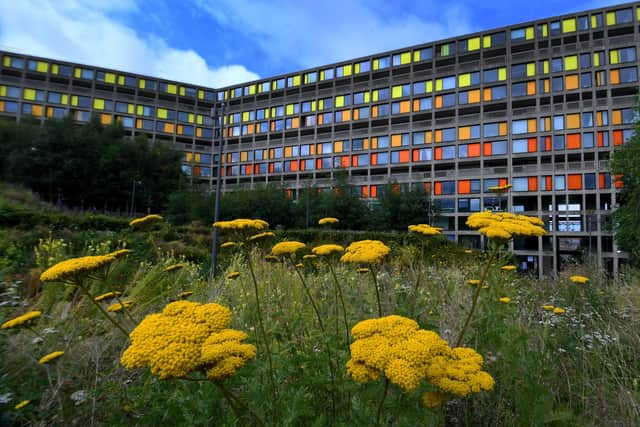

Years later, he was still opposed. “I’m still of the view that you can’t polish a turd, to put it bluntly,” he said.
Urban Splash continues to transform the complex into a great place to live and work. It has had its ups and downs and, to be honest, most of us probably expected the work to be completed by now.
But the debate over the flats will probably continue… every time you stroll down the hill to the railway station.